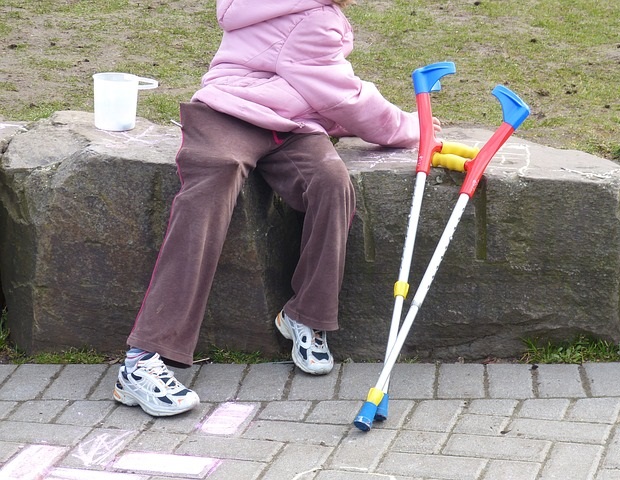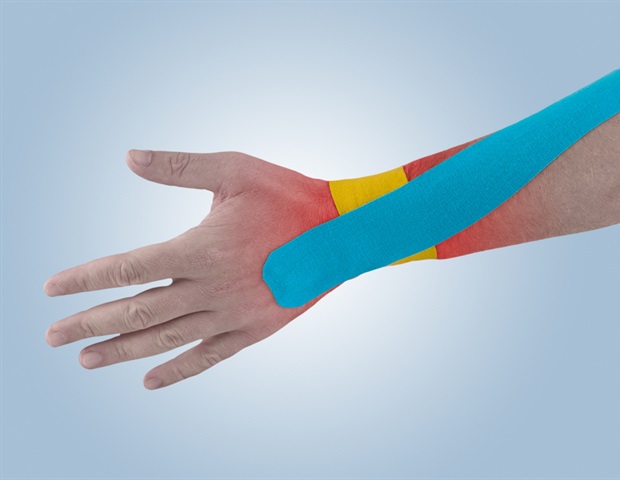
Amanda Botticello, PhD, MPH, from Kessler Foundation received a $4.5 million federal grant to advance spinal cord injury research, specifically to generate actionable information about how communities shape the disability experience.
The five-year grant was awarded by the National Institute on Disability, Independent Living, and Rehabilitation Research (NIDILRR) for a study titled “The Context of Living with Spinal Cord Injury: A Program of Collaborative Research Advancing the Science of Environmental Factors and Disability.”
The research team is led by Dr. Botticello, associate director in the Foundation’s Center for Outcomes and Assessment Research and an investigator for the Northern New Jersey Spinal Cord Injury Model System. Other key scientists with a major role in this project include Lauren Murphy, PhD, Trevor Dyson-Hudson, MD; Denise Fyffe, PhD; Anthony Lequerica, PhD; and Vikram Shenoy, PhD.
The goal of this project is to study how where someone lives shapes their disability experience. The knowledge we gain will inform ongoing policy efforts to make public places more accessible and to ensure social inclusion for people with disabilities.”
Dr. Amanda Botticello, PhD, MPH, Kessler Foundation
The conditions in the places where people live, work, and socialize have a powerful effect on health. For people with spinal cord injury, community conditions can affect employment opportunities, healthcare access, and independent living. “Unfortunately, many community places remain inaccessible, placing people with spinal cord injury at risk for poor outcomes,” said Dr. Botticello.
The study’s objectives are to:
- Improve the capacity of the national SCI Model Systems (SCIMS) database to conduct ongoing research on geographic disparities in outcomes by creating the SCIMS-Environmental Factors Datasets (SCIMS-EFD)
- Generate robust estimates of geographic, racial/ethnic, and rural-urban health disparities using the SCIMS-EFD
- Identify the processes that shape health disparities by engaging with people with spinal cord injury as they navigate community places using smartphones and wearable technology
Anticipated outcomes of the study include a database resource that will improve the surveillance of the needs of the spinal cord injury population conducted by the SCIMS program. “Combined with the information gained directly from people with spinal cord injury about environmental barriers they encounter in daily life, the new database resource will help rehabilitation professionals and policymakers determine where to target resources to help improve the lives of people with spinal cord injury,” she said, adding, “They may focus their efforts on disadvantaged groups, disadvantaged communities, or both.”
The collaborating sites include Craig Hospital (Englewood, CO), Baylor Scott & White Research Institute (Dallas, TX), and the University of Alabama – Birmingham.









